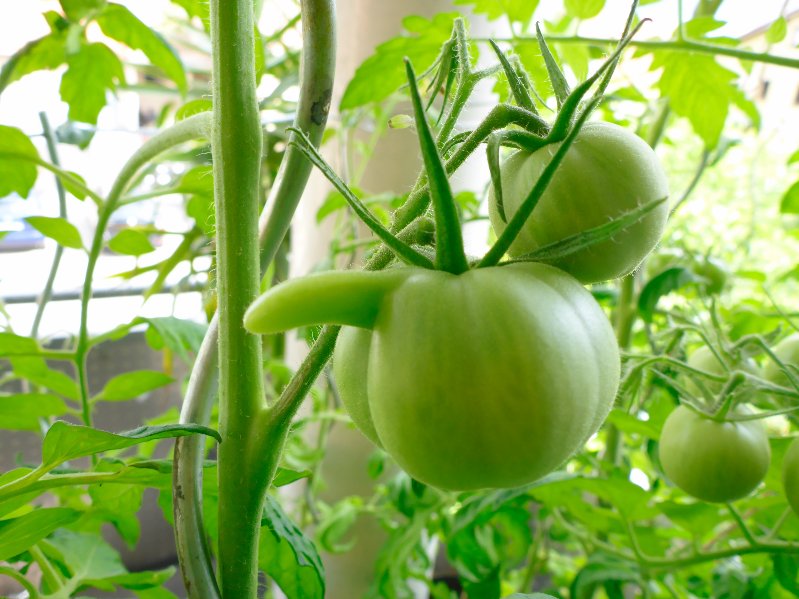5 Strange Ancient Aphrodisiacs
Posted by Lexi Abner on Nov 09, 2022
Couples today can rely on Viagra, but the history of aphrodisiacs goes a long way back. The Oxford English Dictionary defines an aphrodisiac as “food, drink, or drug that arouses sexual desire,” and the word itself comes from the Greek goddess of love and beauty, Aphrodite.
1. Spices, Fruits and Vegetables
Okay, some of these are not that surprising and we consume them today in our everyday life (so may be getting a boost without even knowing it).
Spices and herbs believed to boost one’s libido include nutmeg, ginger, chilli, coriander, mint, bay leaves or fenugreek seeds (methi).

All fruits and vegetables resembling the shape of male or female genitals were popular across ancient cultures too (figs, cabbage, artichoke, carrots and leek). Humans have, it seems, always been intrigued by the amusing penis shaped vege.
According to Greek mythology, the goddess of love Aphrodite was the one who planted the first pomegranate tree ever. So it’s not surprising that pomegranate fruit was highly appreciated for its aphrodisiac properties. And so were oysters, onions and garlic.
2. Milk and Honey and Other Sweets
The last chapter of Kamasutra, the famous book on the art of love and sexuality, is focused on various plants, dishes and other remedies. The majority of Indian aphrodisiac recipes are based on milk with honey, which are believed to improve one’s sex drive and performance in the bedroom. They also had some strange recommendations that you probably wouldn’t want to try – like drinking milk infused with boiled goat testicles.
Ancient China had a special recommendation for women – liquorice.
3. Skin of Lizard and Heart of a Croc…
According to Roman author Plinius Secundus in his work Naturalis Historia, the flesh of a skink (a type of lizard) was used as a strong aphrodisiac in the Roman empire – especially its feet and skin.
While ancient Egyptians believed in the rather benign aphrodisiac powers of saffron, wine and blue lily, they also sometimes went a bit left-field and rubbed a crocodile-heart mixture on their penis, or baboon faeces.
4. Chocolate
The Aztecs’ and Mayans’ No.1 aphrodisiac was chocolate; both cultures associated cocoa beans with fertility. The Aztec emperor Montezuma II supposedly consumed 50 cups of chocolate per day to satisfy all his wives in the 16th century, and over 2000 cups were consumed at his court each day. Unlike the Aztecs who preferred serving it cold, the Maya drank their chocolate hot.
5. Yummy Mummia
Early modern Europeans proved that humans will put almost anything in their mouths with “mummia”. This was basically the practice of basically buying mummies (the wrapped up Egyptian kind), grinding them up into powder, and mixing them with something like honey to swallow. Of course, different parts of the mummy were believed to cure different diseases—if you desired to cure a skin ailment, just grind up the skin of the mummy and take orally, whereas the skull of a mummy was naturally ideal for headaches. We’ll leave it to your imagination to guess the best mummy parts to use for aphrodisiac purposes.
Did Ancient Aphrodisiacs Work?
The short answer is, probably not. But next time you get asked out for a cup of hot chocolate, you could be getting an unsuspecting libido boost, just like the Mayans.
Buy Condoms at CondomSales
While ancient aphrodisiacs may not work, condoms do. 98% effective (according to practically every study). Condoms are a reliable contraceptive and also an effective barrier against STIs. If you want to play it safe, you can get almost every kind of condom, right here. There’s lubricated, flavoured, or other novelty condoms.
They come plainly packaged directly to your door.
Safe sex is one of the biggest aphrodisiacs of the modern era.


